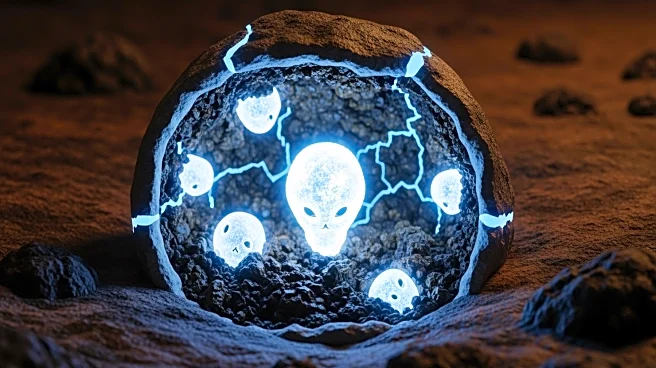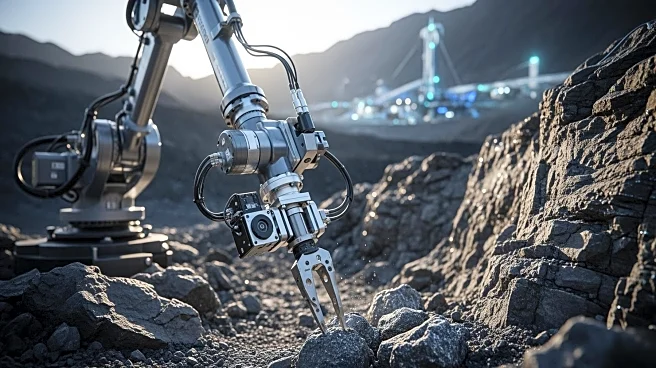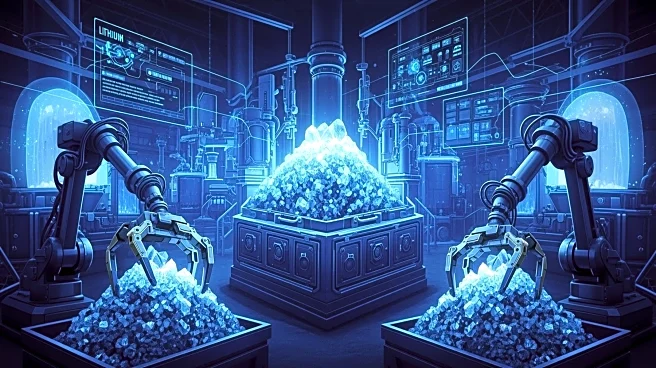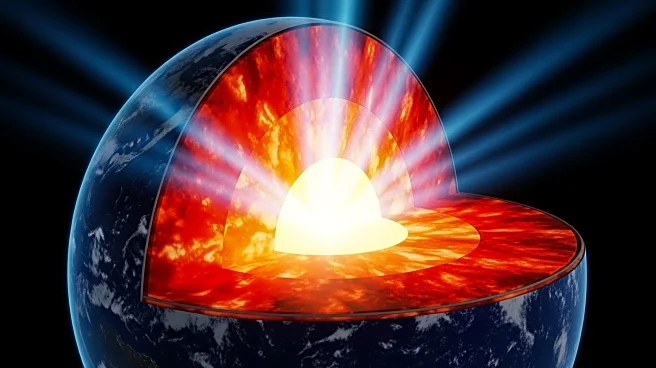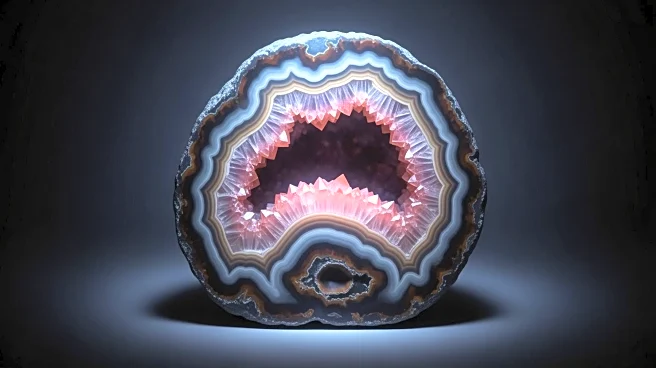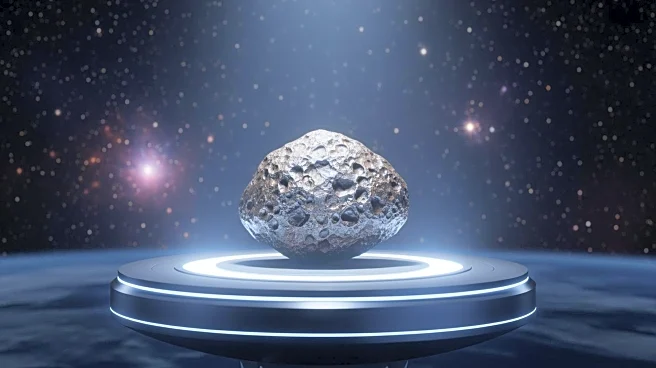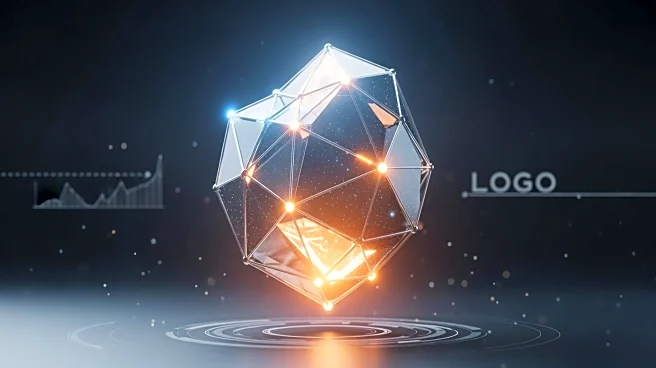What's Happening?
Researchers have discovered a chemical signature in ancient rock samples that suggests remnants of proto-Earth may still exist within the planet. This finding challenges the long-held belief that a Mars-sized meteorite impact 4.5 billion years ago completely
reset Earth's chemical processes, leaving no trace of its original state. The study, published in Nature Geoscience, involved an international team from the U.S., China, and Switzerland, who identified an unusual imbalance of potassium isotopes in rocks from Greenland, Canada, and Hawaii. This anomaly could not be explained by any known geological processes on modern Earth, indicating it may be a leftover from proto-Earth.
Why It's Important?
The discovery of proto-Earth material within modern Earth has significant implications for our understanding of planetary formation and evolution. It suggests that some original materials from Earth's earliest days have survived despite the transformative impact of a massive meteorite. This challenges existing theories about Earth's geological history and could lead to new insights into the conditions that led to the development of life. The findings may also influence how scientists study other planets and celestial bodies, potentially altering the approach to planetary science and the search for extraterrestrial life.
What's Next?
Further research is needed to confirm the origins of the potassium isotope anomaly and explore its implications for Earth's geological history. Scientists may conduct additional simulations and analyses to determine if similar anomalies exist in other planetary materials or meteorites. This could help verify whether the detected signature is indeed a remnant of proto-Earth or if it has another origin. The study opens new avenues for investigating Earth's early history and may prompt a reevaluation of existing geological models.
Beyond the Headlines
The discovery raises philosophical questions about identity and perception, akin to Theseus's Paradox, regarding whether Earth can still be considered the same planet if its original materials have been replaced or transformed. It also highlights the complexity of Earth's evolution and the potential for undiscovered elements or processes that could reshape our understanding of planetary science.
